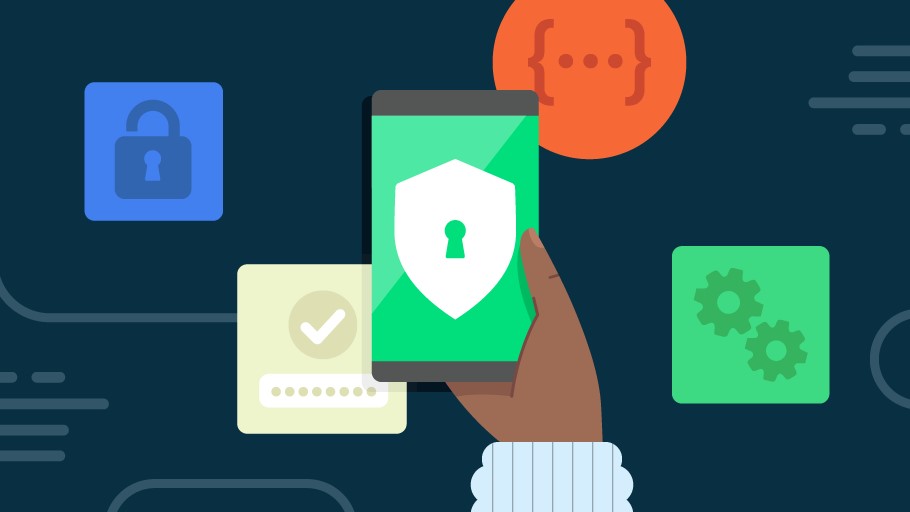Google is changing the way it handles 2FA
Google backup codes now have their own dedicated page

Google is making it easier for users to sign into their accounts using backup codes after losing their smartphone with a new dedicated backup codes page.
When users set up two-factor authentication (2FA) or two-step verification (2SV) as the search giant refers to it, the company issues 10 backup codes that can be used to gain access to your account should you happen to lose your smartphone or your security key. Since you no longer have a second device to verify that it really is you, you'll need to enter these backup codes along with your Google credentials.
In an update to the Google Workspace blog, the company announced that it has created a dedicated backup code page instead of a pop-up. However, you'll still access it from Google's 2-Step Verification list on Android, iOS and the web.
- We've built a list of the best password managers available
- These are the best business password managers on the market
- Also check out our roundup of the best security keys
This new backup code page can be used to generate new backup codes or refreshed for additional backup codes that users will need to print or download as the did before. However, Google has also added a new option that allows you to delete your backup codes.
OAuth incremental authorization
In a separate post on the Google Developers blog, the company revealed that it's changing the OAuth consent experience to simplify how users share data with third-party apps. This new experience also improves the consent conversion for apps that utilize incremental authorization.
After consolidating multiple-permission requests into a single screen back in July, Google is now removing the check box when an app only wants to access one of the company's services.
For instance, if an app wants access to both Google Drive and Google Calendar, a user would need to click on check boxes for each service. Now when an app only needs to access one of the company's services such as your cloud storage users can simply click continue which should help speed up the process of giving third-party apps access to your Google account.
Are you a pro? Subscribe to our newsletter
Sign up to the TechRadar Pro newsletter to get all the top news, opinion, features and guidance your business needs to succeed!
- We've also featured the best identity theft protection
Via 9To5Google
After working with the TechRadar Pro team for the last several years, Anthony is now the security and networking editor at Tom’s Guide where he covers everything from data breaches and ransomware gangs to the best way to cover your whole home or business with Wi-Fi. When not writing, you can find him tinkering with PCs and game consoles, managing cables and upgrading his smart home.
